In Which We're Here To Spit Semiotic Theory And Chew Bubblegum, And We're All Out Of Bubblegum
 Tuesday, February 19, 2008 at 5:02AM
Tuesday, February 19, 2008 at 5:02AM 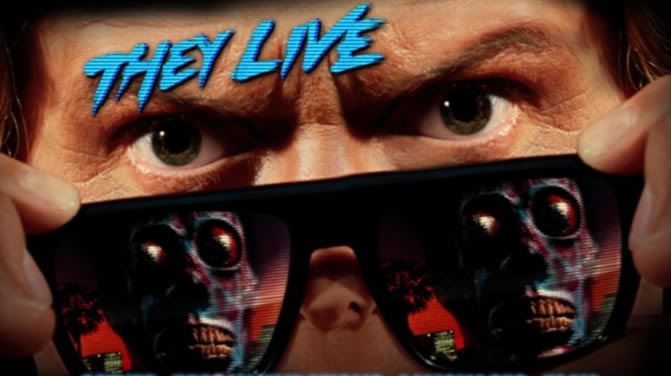
THE SOCIETY OF THE SPECTACLE, PT. 2: JOHN CARPENTER'S THEY LIVE EDITION
by Molly Lambert
More of Guy Debord's smart but overwritten 1967 text The Society Of The Spectacle, shortened, sweetened, sharpened up and slightly switched around by yours truly. Paired with images from John Carpenter's classic 1988 horror-futuro-action spectacular They Live. Catch up with Part One if you missed it the first time.
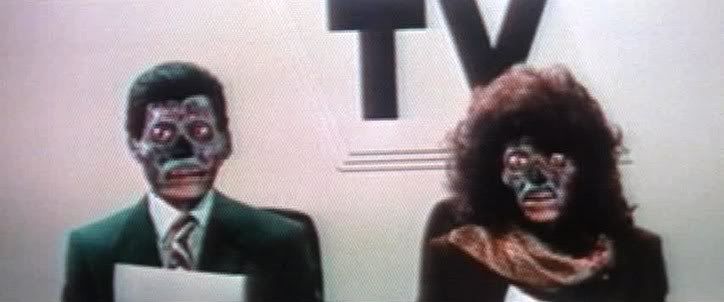
The spectacle is capital accumulated to the point that it becomes images.

The fetishism of the commodity — the domination of society by “intangible as well as tangible things” attains its ultimate fulfillment in the spectacle.

Where the real world is replaced by a selection of images which are projected above it.
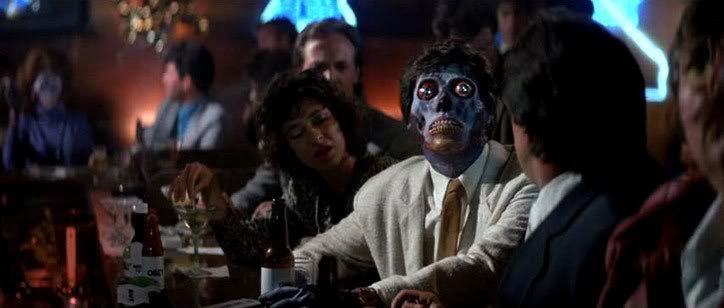
Yet which at the same time succeed in making themselves regarded as the epitome of reality.

As specialists of apparent life, stars serve as superficial objects that people can identify with in order to compensate for the fragmented productive specializations that they actually live.
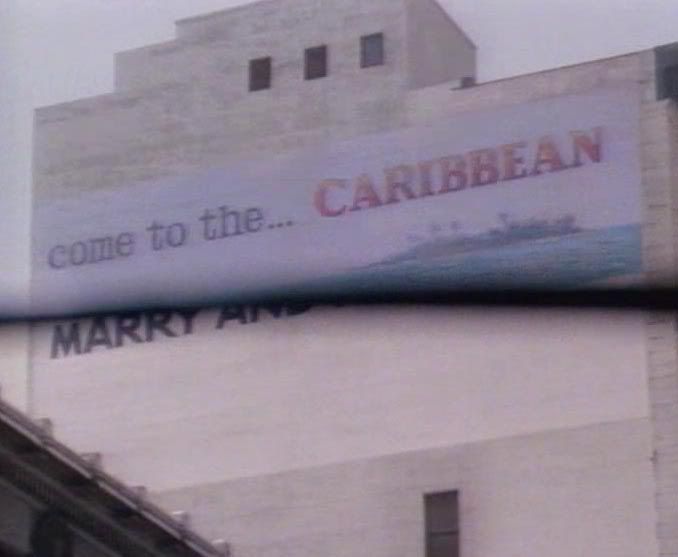
They embody the inaccessible results of social labor by dramatizing the by-products of that labor which are magically projected above it as its ultimate goals: POWER and VACATIONS.

The decision making and consumption that are at the beginning and the end of a process that is never questioned.

The admirable people who personify the system are well known for not being what they seem.

They attain greatness by stooping below the reality of the most insignificant individual life, and everyone knows it.

The false choices offered by spectacular abundance develop into struggles between illusory qualities designed to generate fervent allegiance to quantitative trivialities.
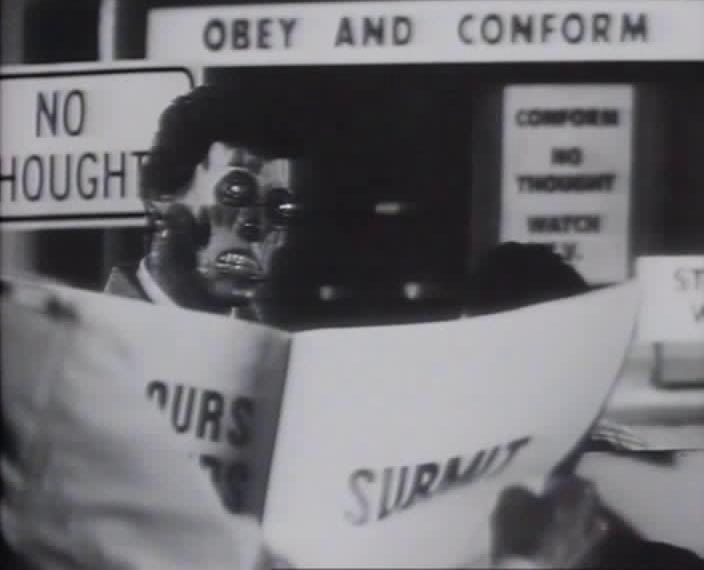
Choices based on the juxtaposition of competing yet mutually reinforcing interconnected roles signified and embodied primarily by objects

Archaic oppositions are revived. Regionalisms and racisms which serve to endow mundane rankings in the hierarchies of consumption with a magical ontological superiority.
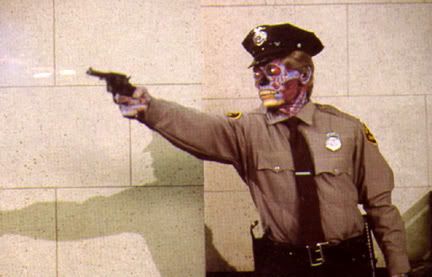
Pseudoplayful enthusiasms are aroused by an endless succession of ludicrous competitions, from sports to elections.
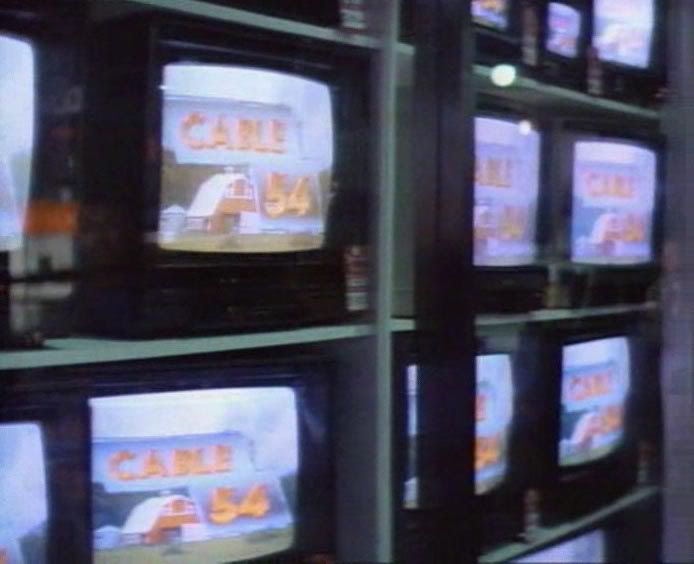
Wherever abundant consumption is established, one particular opposition is always in the forefront: the antagonism between youth and adults.
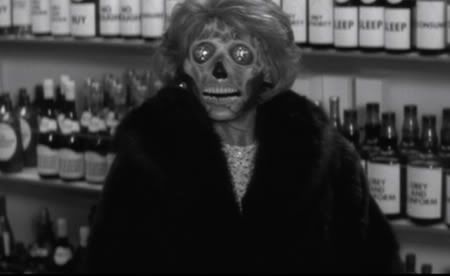
But real adults — people who are masters of their own lives — are in fact nowhere to be found.

Youth is present solely in the economic system, in the dynamism of capitalism.
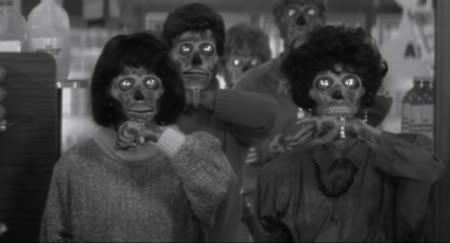
It is things that rule and that are young, vying with each other and constantly replacing each other.
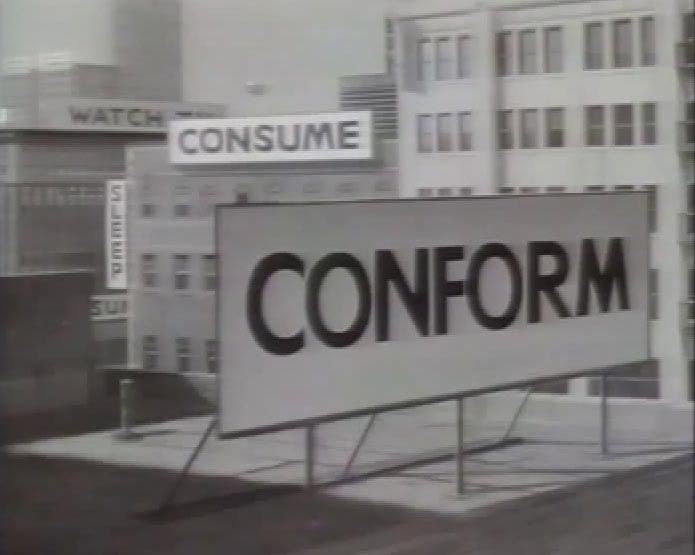
The satisfaction that no longer comes from using the commodities produced in abundance is now sought through recognition of their value as commodities.

Consumers are filled with religious fervor for the sovereign freedom of commodities whose use has become an end in itself.
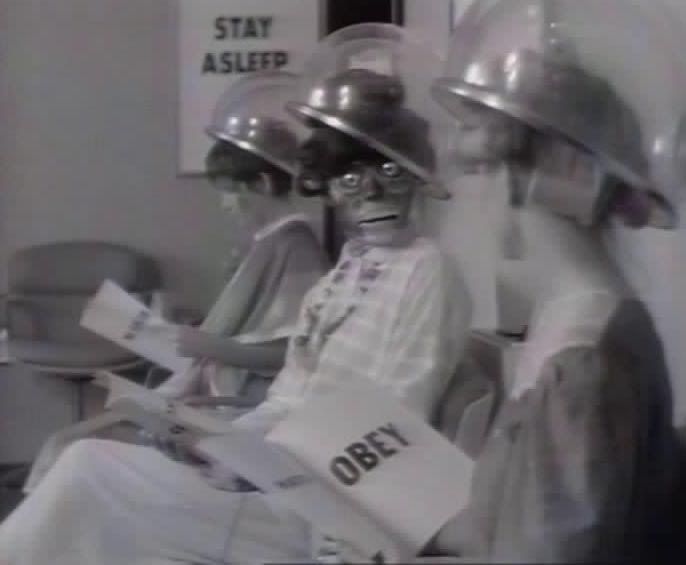
Reified people proudly display the proofs of their intimacy with the commodity.

Like the old religious fetishism, with its convulsionary raptures and miraculous cures, the fetishism of commodities generates its own moments of fervent exaltation.

All this is useful for only one purpose: producing habitual submission.

Each new lie of the advertising industry is an admission of its previous lie.

And with each downfall of a personification of totalitarian power, the illusory community that had unanimously approved him is exposed as a mere conglomeration of loners.

The things the spectacle presents as eternal are based on change, and must change as their foundations change.

The spectacle is totally dogmatic, yet it is incapable of arriving at any really solid dogma.

Nothing stands still for it. This instability is the spectacle’s natural condition, but it is completely contrary to its natural inclination.

What brings people into relation with each other by liberating them from their local and national limitations is also what keeps them apart.
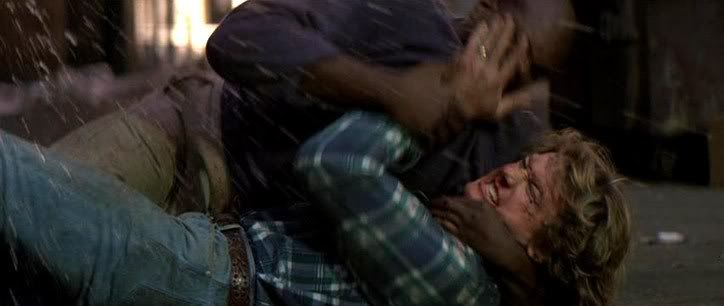
What requires increased rationality is also what nourishes the irrationality of hierarchical exploitation and repression.

What produces society’s abstract power also produces its concrete lack of freedom.
........
Stay Tuned to This Recording for the Exciting Conclusion of our SOTS Series, Coming Soon!
THEY LIVE ON THE INTERWEBZ:
Future Shipwreck on why They Live rules and Southland Tales sucks: Much like They Live, Southland Tales is on the surface a retarded, campy, and excessive apocalyptic social commentary starring a former wrestler turned action star– but the difference is that while They Live is throughly entertaining on multiple levels and consistently fun, Southland Tales is just fucking boring. And embarrassing.
Guy Debord's short film versions of The Society Of The Spectacle at the amazing UbuWeb.
Your burning semiotic needs are met at Semiotexte.
Watch They Live on YouTube in nine parts courtesy of a user named Kevin Technology. Ayo, Technology!

The official John Carpenter site is reassuringly janky and old-fashioned. Old Web is the sentimental favorite style of young graphic designers.
The Green Inferno posts horror movie soundtracks. Currently up is Tales From The Hood, which my mom worked on! I visited the warehouse set. It smelled like latex.
A crazy racist white lady has chosen to interpret They Live as an allegory for White Supremacy: In some odd permutation of the mathematical rule that the multiplication product of two negative numbers is a positive number, a science fiction movie written and produced by the excruciatingly Politically Correct has some apt and powerful visual imagery for those of us who have awakened to our Talmudic status as "cattle" for the vampire jews.
John Nada blogs at Alien Resistance. Bonus nerd points for photoshopping George Lucas into a They Live alien hawking The Phantom Menace. Man, I'm just so tired of all these star wars.
SONGS FROM THE GREAT SOUNDTRACK TO ZODIAC:
Easy To Be Hard - Three Dog Night: mp3
Sky Pilot - The Animals: mp3
Soul Sacrifice - Santana: mp3
Bernadette - The Four Tops: mp3
I Never Promised You A Rose Garden - Lynn Anderson: mp3
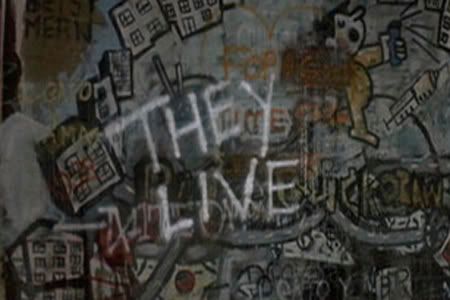
Molly Lambert is the senior editor of This Recording.





























